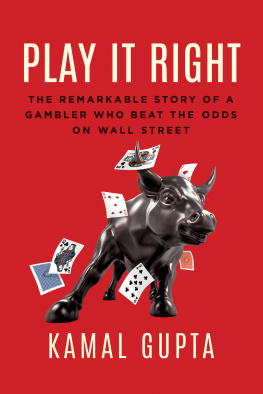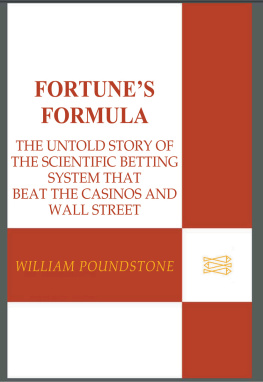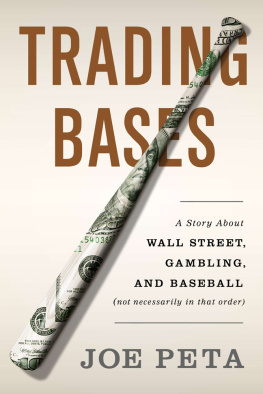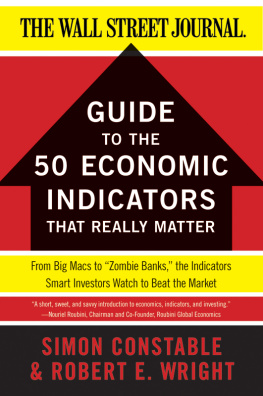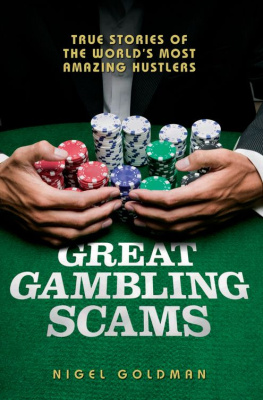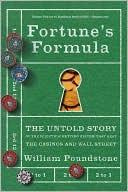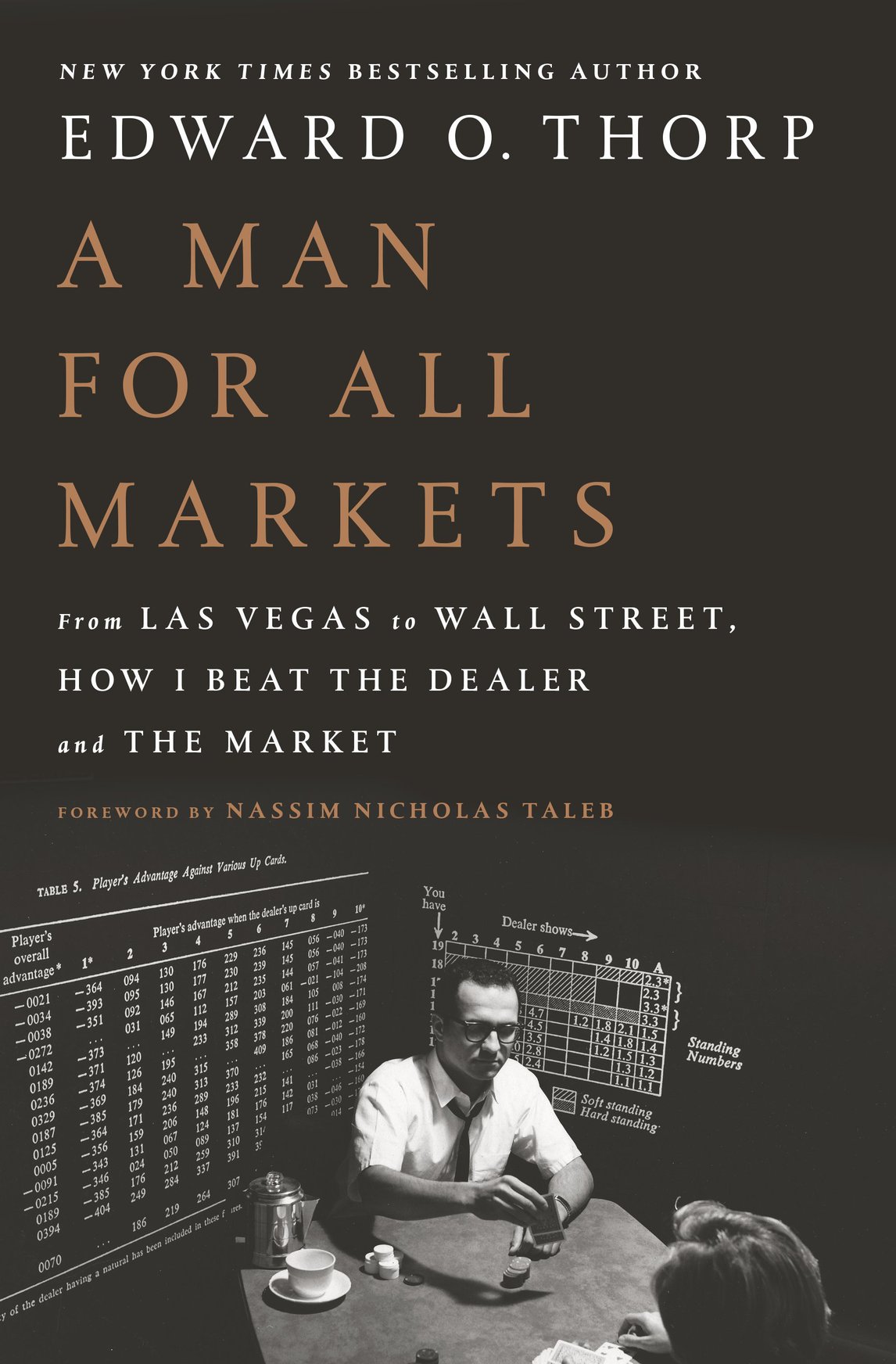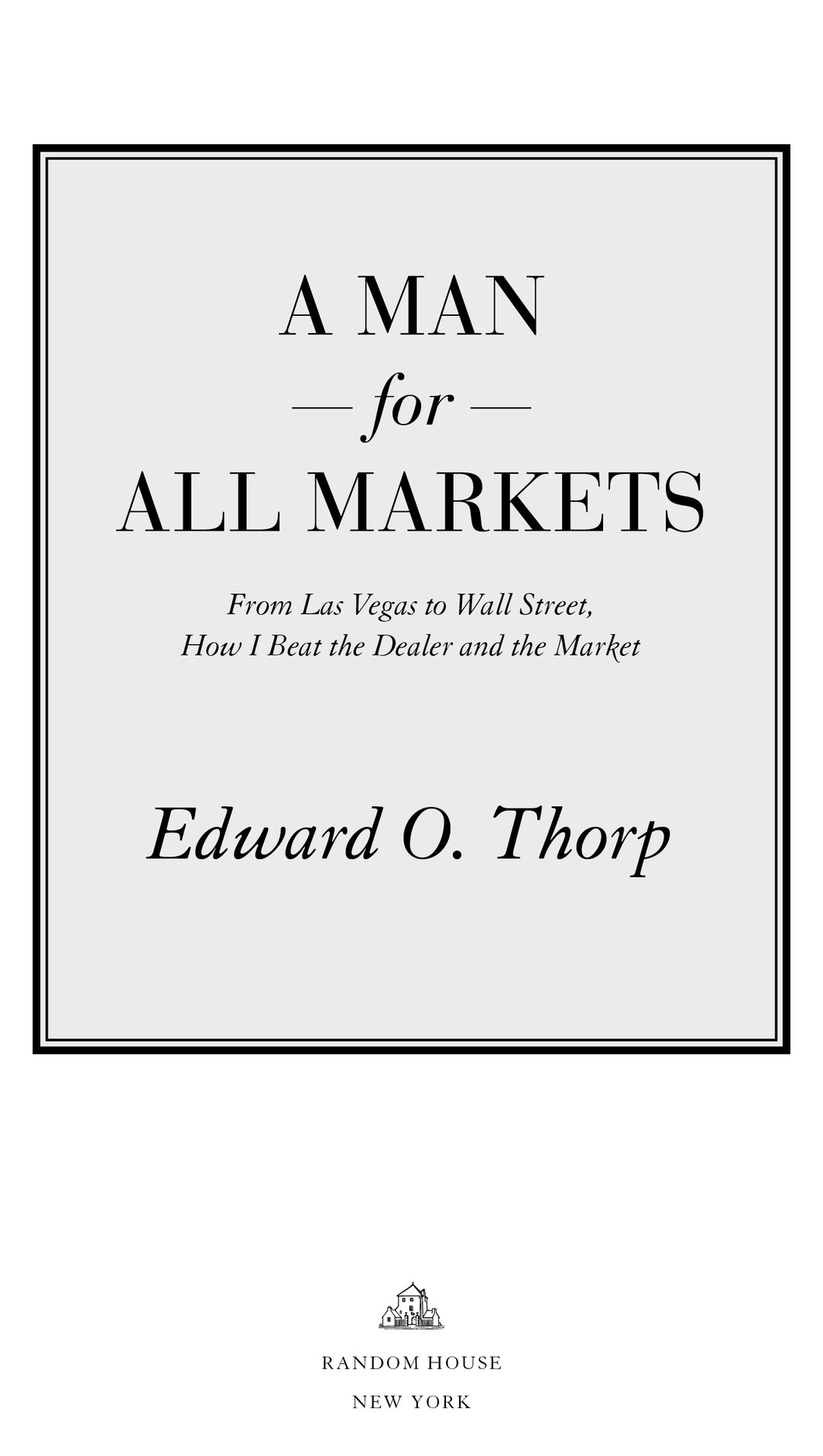Edward O. Thorp - A Man for All Markets: From Las Vegas to Wall Street, How I Beat the Dealer and the Market
Here you can read online Edward O. Thorp - A Man for All Markets: From Las Vegas to Wall Street, How I Beat the Dealer and the Market full text of the book (entire story) in english for free. Download pdf and epub, get meaning, cover and reviews about this ebook. year: 2017, publisher: Random House, genre: Non-fiction. Description of the work, (preface) as well as reviews are available. Best literature library LitArk.com created for fans of good reading and offers a wide selection of genres:
Romance novel
Science fiction
Adventure
Detective
Science
History
Home and family
Prose
Art
Politics
Computer
Non-fiction
Religion
Business
Children
Humor
Choose a favorite category and find really read worthwhile books. Enjoy immersion in the world of imagination, feel the emotions of the characters or learn something new for yourself, make an fascinating discovery.

- Book:A Man for All Markets: From Las Vegas to Wall Street, How I Beat the Dealer and the Market
- Author:
- Publisher:Random House
- Genre:
- Year:2017
- Rating:5 / 5
- Favourites:Add to favourites
- Your mark:
A Man for All Markets: From Las Vegas to Wall Street, How I Beat the Dealer and the Market: summary, description and annotation
We offer to read an annotation, description, summary or preface (depends on what the author of the book "A Man for All Markets: From Las Vegas to Wall Street, How I Beat the Dealer and the Market" wrote himself). If you haven't found the necessary information about the book — write in the comments, we will try to find it.
A child of the Great Depression, legendary mathematician Edward O. Thorp invented card counting, proving the seemingly impossible: that you could beat the dealer at the blackjack table. As a result he launched a gambling renaissance. His remarkable successand mathematically unassailable methodcaused such an uproar that casinos altered the rules of the game to thwart him and the legions he inspired. They barred him from their premises, even put his life in jeopardy. Nonetheless, gambling was forever changed.
Thereafter, Thorp shifted his sights to the biggest casino in the world: Wall Street. Devising and then deploying mathematical formulas to beat the market, Thorp ushered in the era of quantitative finance we live in today. Along the way, the so-called godfather of the quants played bridge with Warren Buffett, crossed swords with a young Rudy Giuliani, detected the Bernie Madoff scheme, and, to beat the game of roulette, invented, with Claude Shannon, the worlds first wearable computer.
Here, for the first time, Thorp tells the story of what he did, how he did it, his passions and motivations, and the curiosity that has always driven him to disregard conventional wisdom and devise game-changing solutions to seemingly insoluble problems. An intellectual thrill ride, replete with practical wisdom that can guide us all in uncertain financial waters, A Man for All Markets is an instant classica book that challenges its readers to think logically about a seemingly irrational world.
Advance praise for A Man for All Markets
An amazing book by a true icon . . . Edward O. Thorp launched revolutions in Vegas and on Wall Street by turning math into magic, and here he weaves his own life lessons into a page-turner as hot as a deck full of aces. Loved it!Ben Mezrich, New York Times bestselling author of Bringing Down the House and The Accidental Billionaires
Whether you are an aspiring professional player, a casual gambler, or an occasional visitor to Las Vegas, you can feel the impact of Edward O. Thorps intellect on that desert city. In 1962, Thorp published the classic book Beat the Dealer. The text was based on Thorps original research that stemmed from his curiosity about the game of 21 and was billed as a how-to book for the layperson to beat the casinos at blackjack. Simply stated, it changed everything. A Man for All Markets chronicles Thorps personal journey in navigating the unexpected and sometimes dangerous obstacles that come along with challenging the status quo of a wealthy corporate adversary.Nicholas G. Colon, professional advantage gambler and managing director, Alea Consulting Group
What a CV! Figure out how to win at blackjack using card counting? Check. Build the worlds first wearable computer? Check. Find the formula for valuing financial options but use it to make money rather than win a Nobel Prize? Check. This book is in part the gripping story of how one mans genius and dedication has solved so many problems in diverse fields. But more important, its a fascinating insight into the thought processes of someone with little interest in fame, who has mostly stayed under the radar, yet who has followed his inquisitive mind wherever it has led him, and reaped the resulting rewards. There is nothing more important than knowing how to think clearly. Read this book and learn from a master.Paul Wilmott, founder, Wilmott magazine
Edward O. Thorp: author's other books
Who wrote A Man for All Markets: From Las Vegas to Wall Street, How I Beat the Dealer and the Market? Find out the surname, the name of the author of the book and a list of all author's works by series.

